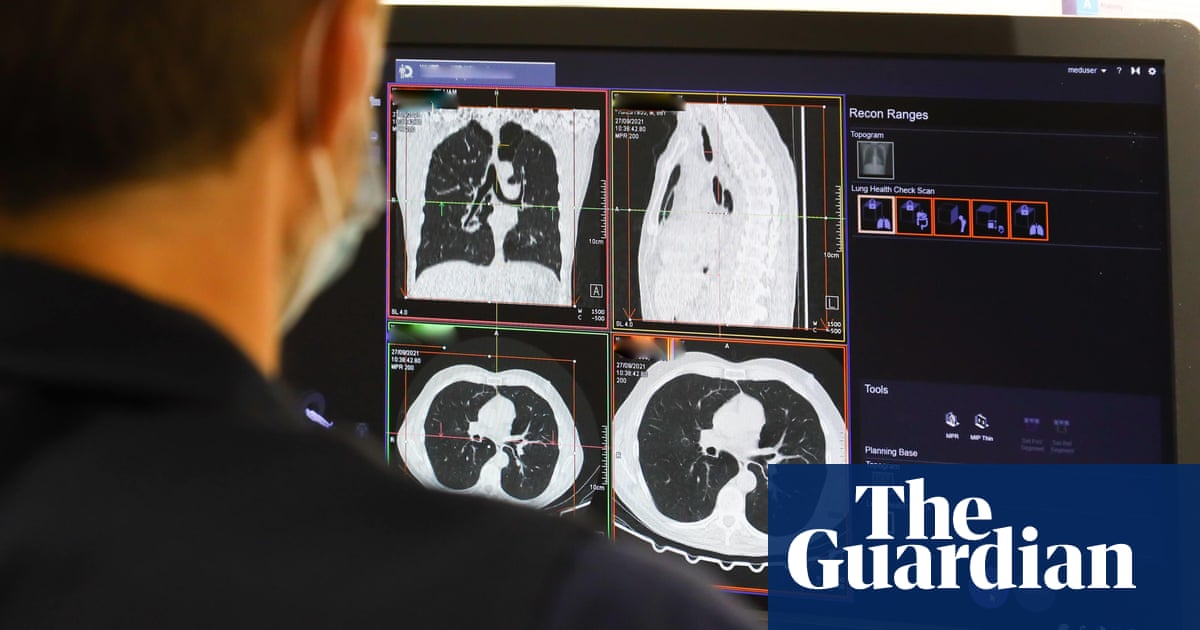
A smart toilet boasting pressure sensors, artificial intelligence and a camera has been unveiled by researchers who say it could provide a valuable way to keep tabs on our health.
The model is the latest version of an idea that has been around for several years: a system that examines our daily movements in an effort to spot the emergence of diseases. Such an approach, experts say, has an advantage over wearable devices, since individuals do not need to remember to use the system.
“We have developed a passive human health monitoring system that can be easily incorporated into a normal daily routine, requiring minimal or even no human intervention,” the team behind the new toilet report.
They hope it will eventually become a “daily clinic”, helping in the prevention and early detection of problems from diabetes to urinary tract infections and inflammatory bowel diseases.
Writing in the journal Nature Biomedical Engineering, the international team of researchers note that previous attempts at such a toilet have been expensive and have provided limited information. However, their new system can be fitted on to existing toilets and incorporates a suite of sensors and detectors.
These include test strips that detect telltale health markers within urine, such as glucose and red blood cells, as well as video recordings of the flow to spot changes that may be related to disease.
“We believe that inconsistencies … can provide valuable information about the prostate and bladder functions,” the authors write.
In addition, the system incorporates cameras that take images of users’ stool. These images are then classified using a machine-learning system – a type of artificial intelligence – into the different categories on the Bristol stool scale that reflect problems such as constipation or diarrhoea.
The toilet has further features. “It was also able to collect additional information, such as first stool dropping time and total seating time, which can potentially be acted on by clinicians to help to manage constipation and haemorrhoids,” the authors write.
Perhaps most inventively, the team report that the system detects who is using the toilet from a fingerprint scanner on the flush handle, and “analprints” – distinctive creases in the lining of the anus, captured by video frames.
However the team say there is more to do, not least in testing the device in large clinical studies – so far a total of 21 participants have tested the toilet. They also stress the need to develop self-cleaning mechanisms to avoid false positives in the tests, adapt the system to squatting toilets, and redesign the urine analysis system for women, as it is currently designed for users who stand up while having a pee. They also hope to expand the range of tests to screen for illicit drug use, sexually transmitted infections and the makeup of microbes in the gut.
But whether the system will prove popular is another matter. In a survey of 300 individuals near Stanford University who were asked to rate what they thought of the proposed toilet, 30% said they felt uncomfortable with it, primarily citing privacy concerns, with the analprint the most disliked component.
Prof Tim Spector, an expert on the gut microbiome from King’s College London, who was not involved in the research, welcomed the work, but said the team’s future plans to analyse chemicals and microbes were important.
“We know that your stool sample is probably the best snapshot of your current health that we have,” he said.
Spector said the new toilet was a sign of things to come, predicting that regular monitoring would become commonplace.
“The future will be either a magic toilet paper that gives you this result or these magic toilets that will give you a chemical analysis basically of the chemicals your microbes are producing, to give a snapshot of your inner health,” he said.












